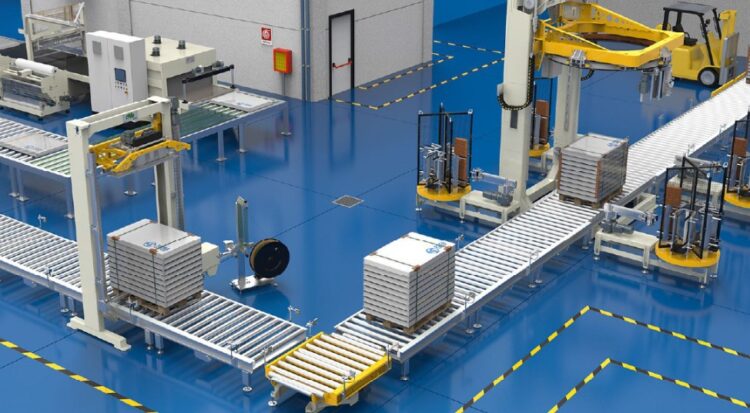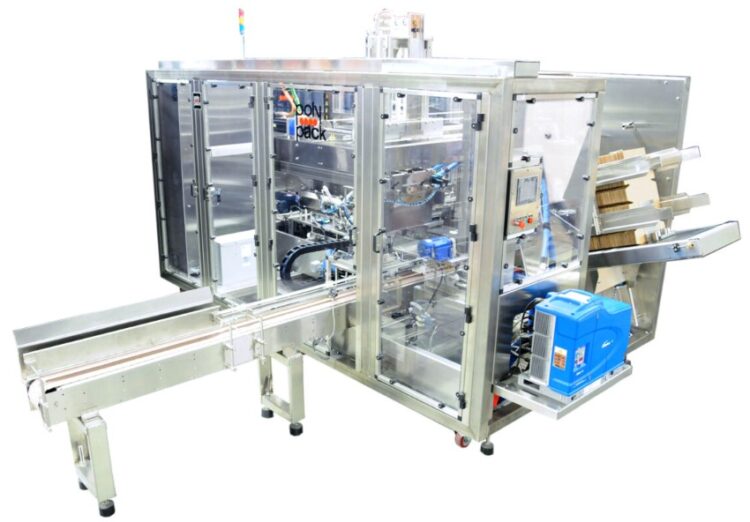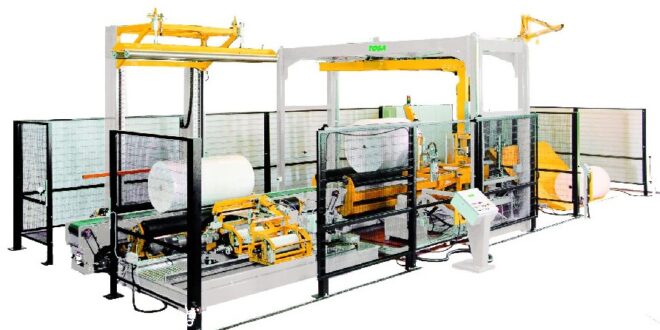Shrink wrap, a material integral to numerous industries, serves as a versatile solution for packaging, preservation, and protection. This blog post aims to shed light on the extensive uses of shrink wrap, providing valuable insights into its effective application.
Understanding the correct usage of this wrap is crucial for its various purposes, ranging from household needs to industrial applications.
What is Shrink Wrap?
Shrink wrap, a plastic film, is known for its ability to shrink tightly over whatever it is covering when heat is applied. Its fundamental properties include durability, clarity, and the ability to form a tight seal.
There are different types of wrap materials, such as PVC (Polyvinyl Chloride) and polyolefin, each possessing unique characteristics. PVC is often chosen for its strength and affordability, while polyolefin is preferred for food-related applications due to its FDA approval. The adaptability of this wrap across various applications is a testament to its versatility and high usage by outlets such as Phoenix Handling Solutions.
The Many Faces of Shrink Wrap in Industry

Shrink wrap’s utility spans a broad range of industries. In packaging, it provides a tamper-evident, protective layer. Food preservation benefits from its ability to keep products fresh and free from contamination.
In construction, it is used for temporary weather protection and scaffolding. The transportation sector uses this material to secure and protect goods during transit. These applications highlight this wrap’s pivotal role in ensuring product safety and longevity.
Effective Application
Applying shrink wrap effectively begins with proper preparation. This includes ensuring that the items to be wrapped are clean, measured, and organized. Essential tools for applying it include heat guns and sealing machines.
The application process involves wrapping the item, sealing the edges, and then applying heat to shrink the film. It’s important to consider factors like temperature settings and smaller ratios to achieve a seamless finish.
Safety Measures with Shrink Wrap
Working with this material necessitates strict adherence to safety protocols. Exposure to heat and fumes are primary concern. It is imperative to work in well-ventilated areas and use protective gear, such as gloves and safety glasses. By taking these precautions, one can minimize the risks associated with its application.
Troubleshooting Issues

Common issues during shrink-wrap application include wrinkles, uneven shrinking, and overheating. To address these problems, it’s important to adjust the temperature and speed of the application. Ensuring uniform heat distribution is key to avoiding these pitfalls. Mastery of its application techniques often requires practice and patience.
Environmental Impact and Sustainable Practices
The environmental footprint of this material cannot be overlooked. While it provides numerous benefits, responsible usage, and disposal are essential. Eco-friendly alternatives, such as biodegradable wrap, are emerging in the market.
Recycling options for this material are also available and should be utilized whenever possible. Choosing sustainable materials and practices is not only beneficial for the environment but also adds value to the businesses and consumers opting for greener solutions.
Conclusion
Shrink wrap’s extensive range of applications, from everyday household use to critical industrial purposes, underscores its significance. Understanding its types, proper application techniques, and safety measures are essential for maximizing its benefits. Furthermore, addressing environmental concerns by opting for sustainable practices enhances its value.
 Hi Boox Popular Magazine 2024
Hi Boox Popular Magazine 2024



